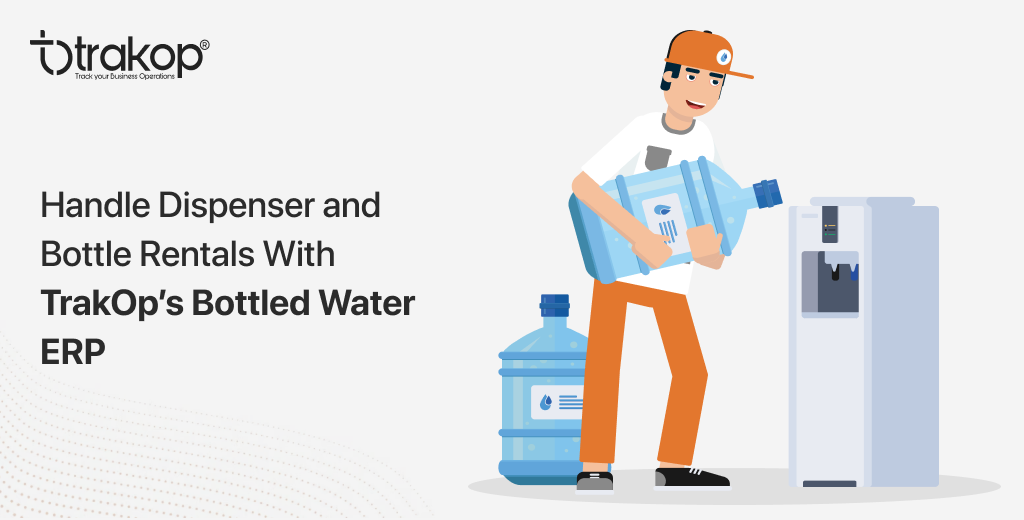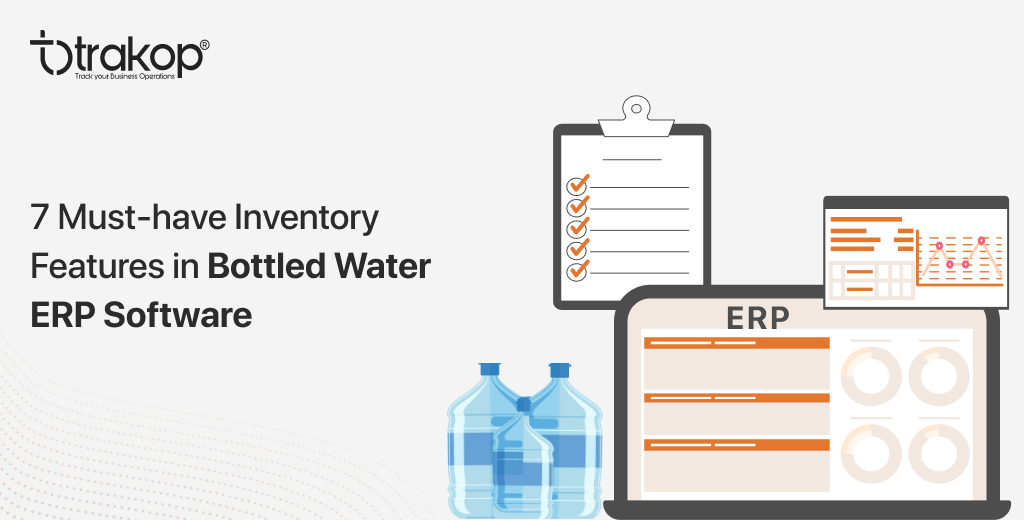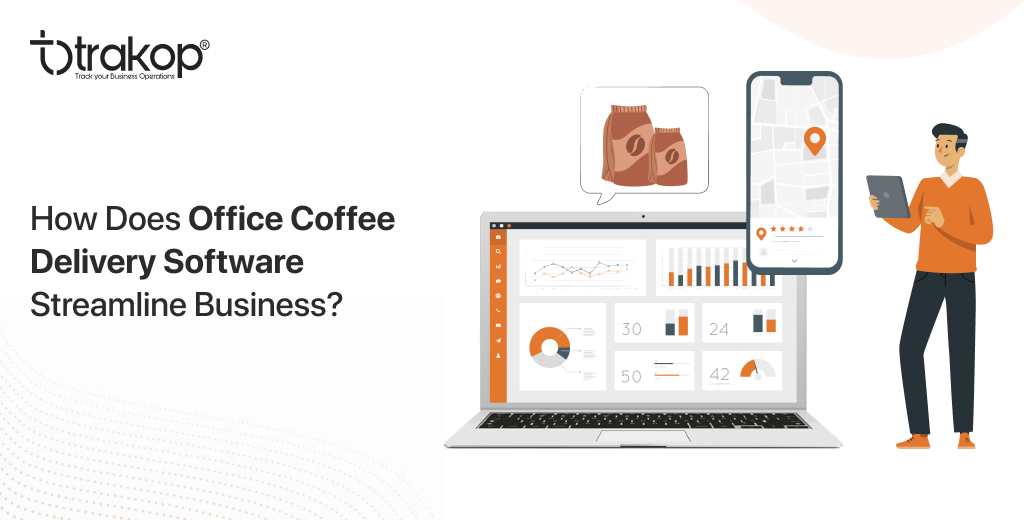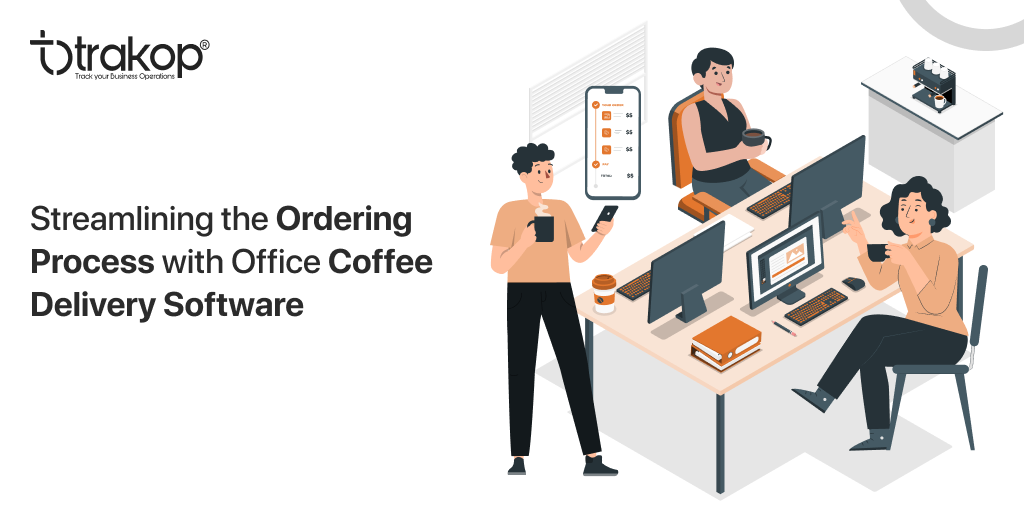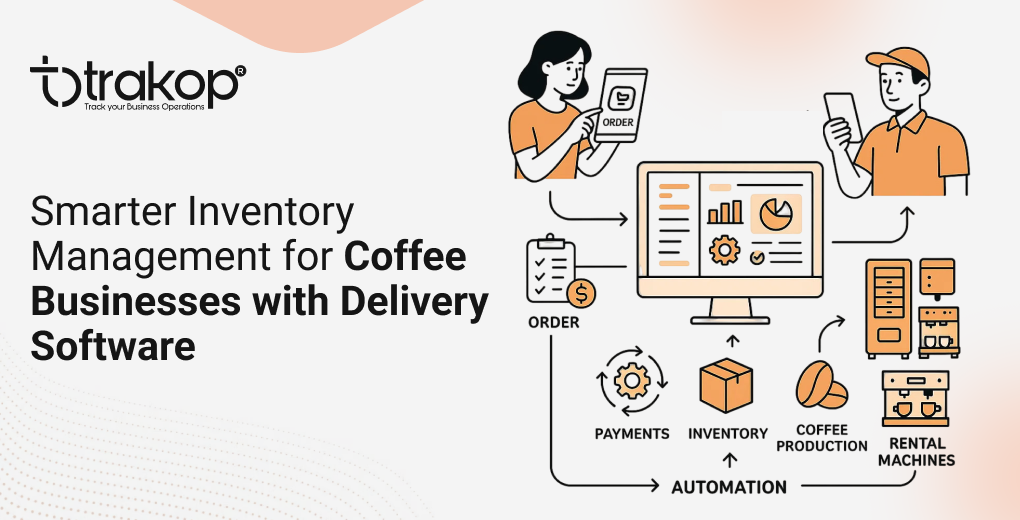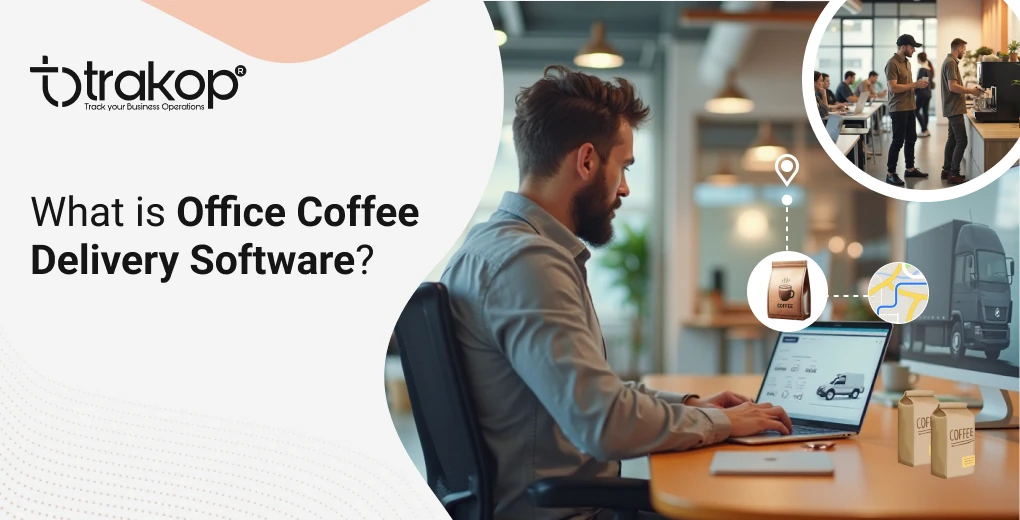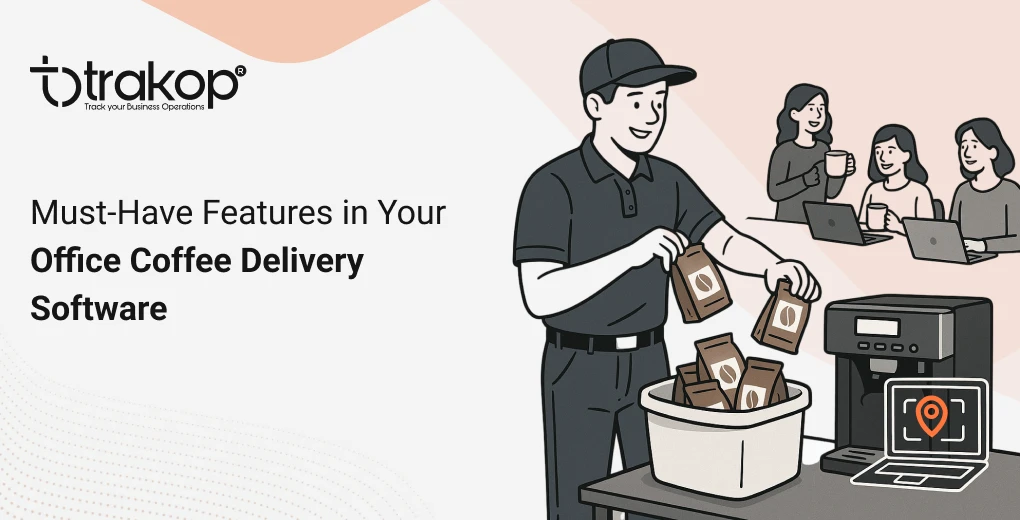7 Key Criteria To Choose Delivery Management Software

In today’s fast-paced and competitive business landscape, businesses in e-commerce, retail, and logistics must manage deliveries efficiently. With delivery management software, businesses can streamline operations, improve customer satisfaction, and optimise resource utilisation.
Choosing the right delivery management software is a critical decision that can significantly impact a business’s overall efficiency and success. With numerous options available on the market, businesses need to carefully evaluate key considerations to make sure they select the most suitable software solution for their specific needs.
In this blog post, we will explore the key factors to consider when choosing software. By understanding these factors, businesses can make informed decisions that align with their specific needs and objectives.
Define Your Business Requirements
Start by assessing your specific business requirements and objectives. Consider factors such as the size of your delivery operation, the number of drivers and vehicles, the complexity of your delivery network, and any unique needs or constraints. This evaluation will help you identify the functionalities and features you require in the software.
Scalability and flexibility
Make sure that the software is scalable and can accommodate the growth of your business. Consider the potential to add new drivers, vehicles, or delivery locations without disrupting operations. Look for software that is flexible enough to adapt to your changing needs, allowing you to scale up or down as required.
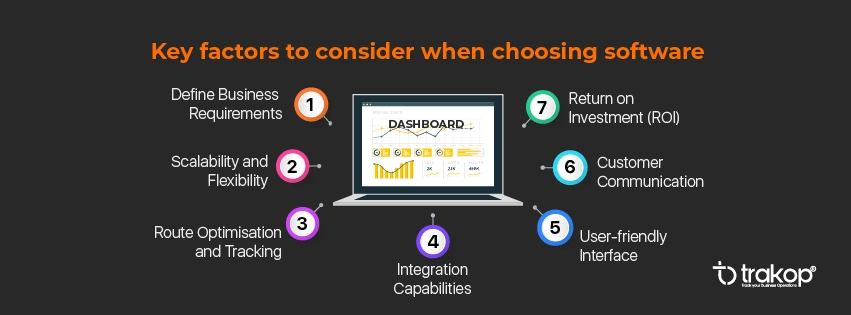
Route optimisation and tracking
One of the most critical features of software is its route optimization capabilities. Effective delivery management requires delivery tracking software for real-time tracking and visibility into the progress of deliveries, which reduces the overall last-mile cost of the delivery. Evaluate the software’s ability to track vehicles and drivers in real-time, providing accurate updates on delivery status. Look for features such as GPS tracking, driver check-ins, and interactive maps that allow you to track deliveries and communicate with drivers when necessary.
Integration capabilities
Consider the software’s integration capabilities with other systems or platforms used within your business, such as order management, inventory management, payment management, or customer relationship management (CRM) systems. Seamless integration provides smooth data flow, removes manual data entry, and streamlines overall operations.
User-friendly interface
An intuitive and user-friendly interface is essential for the smooth adoption and efficient use of the software. Evaluate the software’s interface to ensure it is easy to navigate, offers clear visibility into relevant information, and provides intuitive functionalities. Consider factors such as ease of dispatching, driver assignment, and generating reports or analytics.
Customer communication
Look for software that enables effective communication with customers throughout the delivery process. Features such as automated notifications, delivery ETAs, and SMS or email updates keep customers informed and enhance their overall experience. Consider software that allows the customisation of customer notifications to align with your branding and communication style.
Return on investment (ROI)
Finally, consider the overall cost of implementing and maintaining the software. Data-driven insights are invaluable for optimising delivery operations. Evaluate the software’s analytics and reporting capabilities to strategise future business sales and improve ROI. Furthermore, evaluate the pricing structure, including any upfront costs, subscription fees, or additional charges for additional features or user licenses. Consider potential returns by considering expected efficiency gains, cost savings, improved customer satisfaction, and growth opportunities.
Choosing the right delivery scheduling software requires a thorough and diligent assessment of your business requirements, scalability needs, and the features offered by various software solutions. Considering taking a demo can also help you understand the software thoroughly before committing to it.
Hope You Enjoyed the Read!

He loves to explore. His passion for helping delivery industries in all aspects flows through in the vision he has. In addition to providing smart solution to make delivery process flawless, Ravi also likes to write sometimes to make it easier for people from business industry looking for digital solutions.
